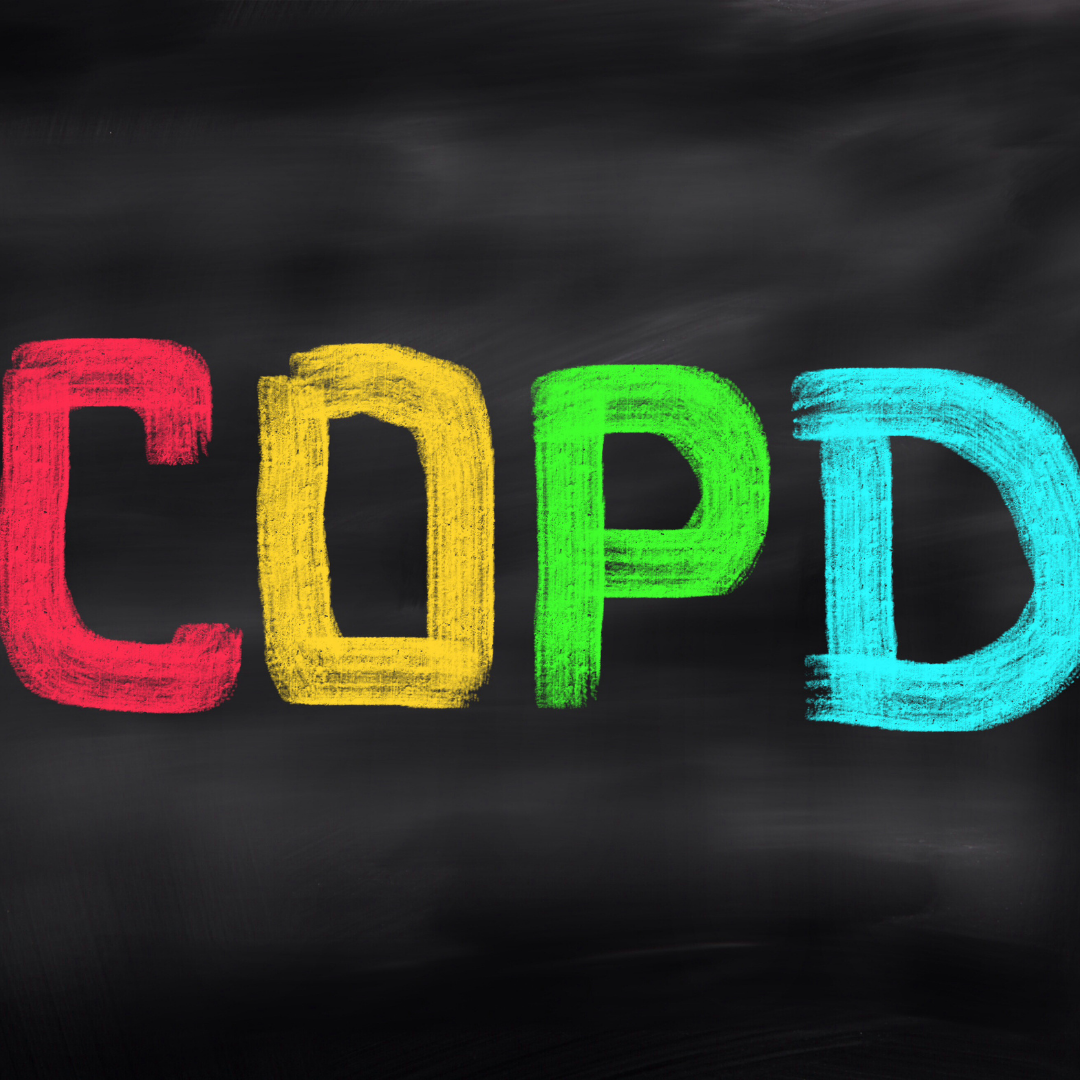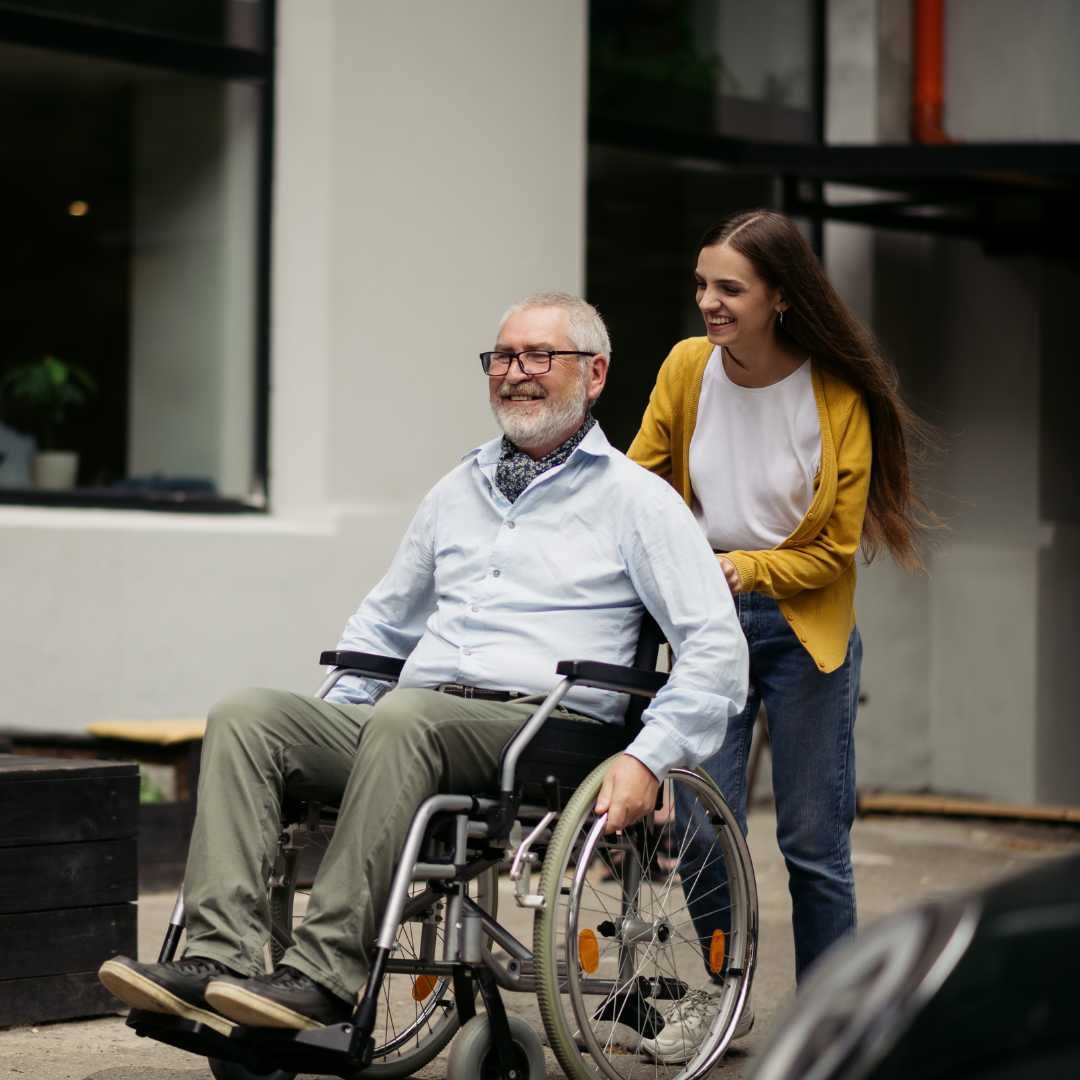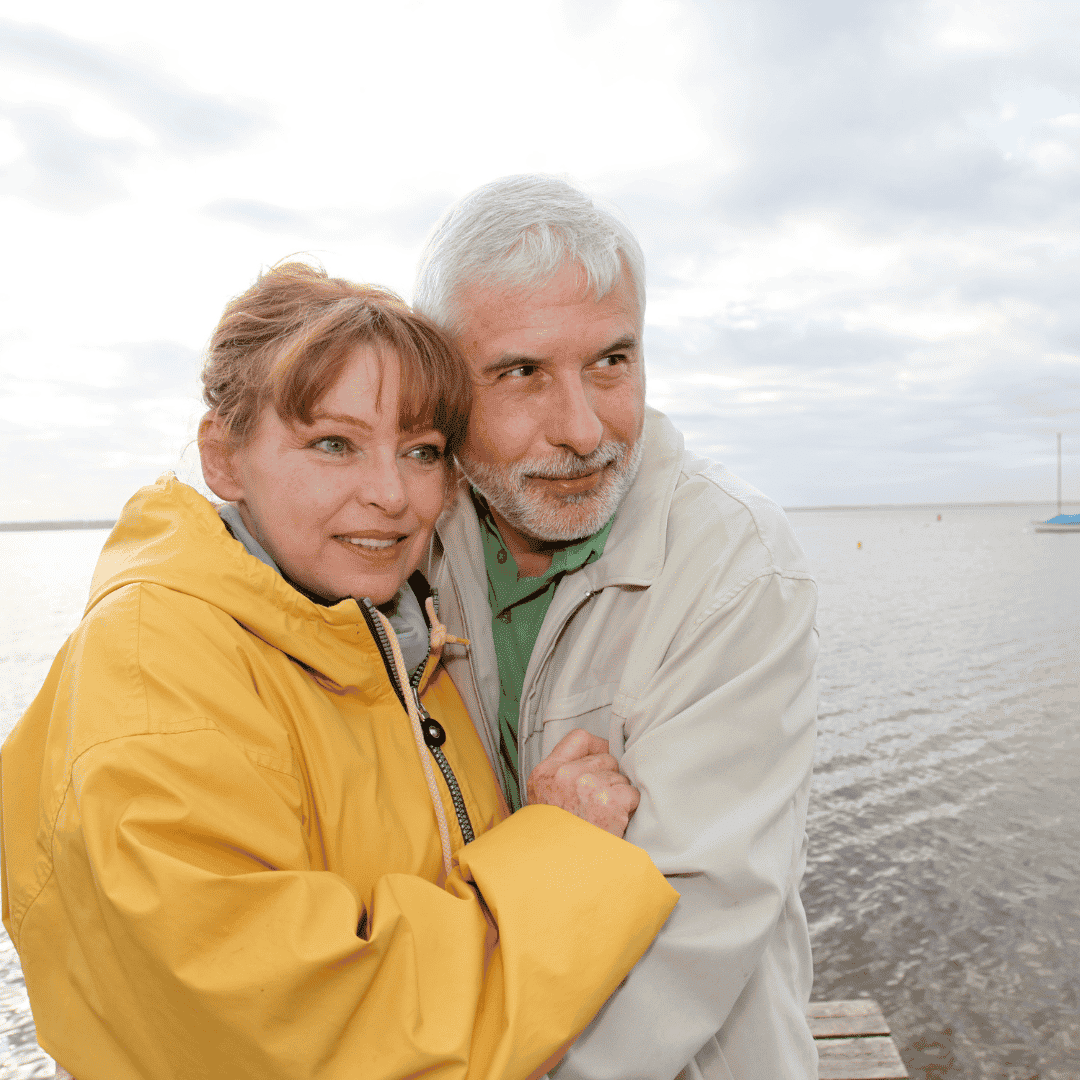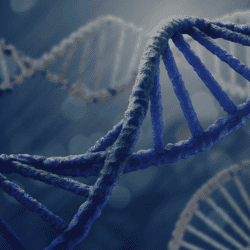Time After Stem Cell Transplant Will You Feel Better
A stem cell transplant is a complex medical procedure that requires a significant recovery period. It can take 24 weeks to 12 months for a stem cell transplant to start working and for the person to start feeling the benefits. The exact length of time it takes for a stem cell transplant to work will depend on the person's individual circumstances and the type of stem cell transplant that they have received.
Some people may start to feel the benefits of the transplant within a few weeks, while others may take several months to see improvement. It is important for the person to follow their medical team's instructions for care after the transplant and to be patient as their body adjusts to the new cells.
Post-transplantation effects develop in 2 stages:
Stage I (suspensional) – development of quick effects several hours after transplantation of fetal stem cells (TFSC). These effects make Syndrome of Early Post-Transplantation Improvements: improvement of general condition, less fatigue, better workability and appetite, temperature drop. This syndrome is most vividly manifested in patients with advanced diseases and severe intoxication. Syndrome of Psychofunctional Changes is also reported at this stage: decreased somatic depression, improved emotional state and cognitive processes.
Stage II (cell effects) begins 1–2 months after transplantation and is associated with cell count build-up in the diseased organ or system and subsidence of the disease symptoms: stabilization of hematopoiesis, improvement of immunity, inhibition of progression, lesser degree of dystrophy of different organs and systems including brain, liver, kidney, skin, bowel, cartilages, bones, heart, vessels etc., inhibition of inflammatory processes, increased Karnofsky’s Index, and life quality improvement. These effects are associated with cytokine cascade (formation of biologically active substances – cytokines, cytokinines) taking place for 15–40 days.
Here you can find several cheap stem cell packages offered by best stem cell clinics around the world
List of diseases Treated by stem cells
Here is a list of some diseases and conditions that can be treated with stem cells:
- Blood disorders, such as leukemia and anemia
- Immunodeficiency disorders, such as severe combined immunodeficiency (SCID) and Wiskott-Aldrich syndrome
- Genetic disorders, such as Hurler syndrome and Fanconi anemia
- Solid tumors, such as neuroblastoma and Ewing sarcoma
- Bone marrow disorders, such as aplastic anemia and myelodysplastic syndrome
- Metabolic disorders, such as Krabbe disease and Pompe disease
- Hematopoietic disorders, such as thalassemia and sickle cell anemia
- Cardiovascular diseases, such as heart failure and coronary artery disease
- Neurological disorders, such as spinal cord injury and Parkinson's disease
- Diabetes
This is not an exhaustive list, and there are many other diseases and conditions that are being researched for the potential use of stem cells as a treatment. It is important to note that stem cell therapies are still in the early stages of development and are not yet widely available or approved for use in all of these conditions.
How long do you stay in isolation after Stem cell transplant?
The length of time that a person will need to stay in isolation after a stem cell transplant will depend on the type of transplant they have received and their individual circumstances. In general, people who have had an allogeneic stem cell transplant (using stem cells from a donor) will need to stay in isolation for a longer period of time than those who have had an autologous stem cell transplant (using the person's own stem cells). This is because allogeneic transplants carry a higher risk of infection and graft-versus-host disease (GVHD).
In the early stages of recovery, a person may need to stay in a special isolation room in the hospital to reduce their risk of infection. They may need to wear a mask and gloves and follow special precautions when interacting with others. After they are discharged from the hospital, they may still need to follow isolation precautions at home for a period of time.
The length of time a person will need to stay in isolation will depend on the specific guidelines of their medical team and the progress of their recovery. It is important for the person to follow their medical team's instructions and to be patient as their body adjusts to the new stem cells.
PlacidWay is a medical tourism company that provides information about medical treatments and procedures at hospitals and clinics around the world. If you would like more information about stem cell transplants or any other medical treatment, you may want to contact PlacidWay directly by pressing the button below for more information.








.png)
.png)
.png)
.png)
.png)



